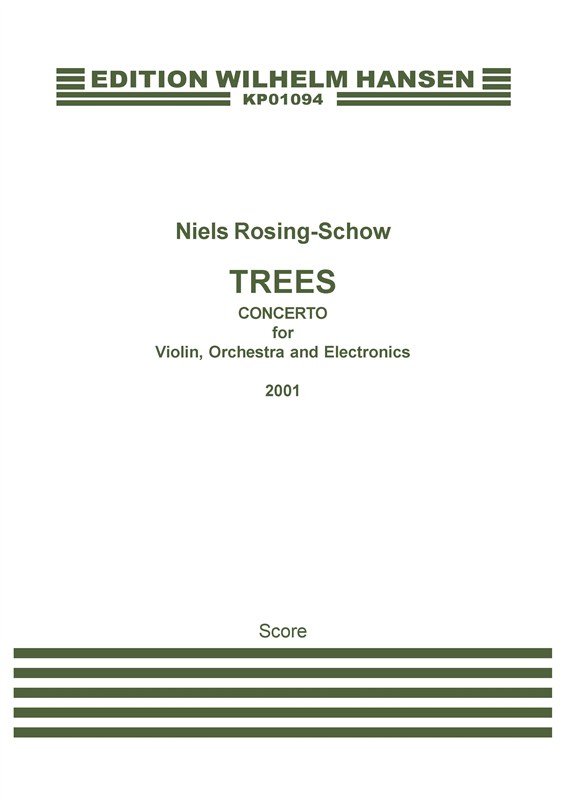Poul Ruders: The Thirteenth Child - A Fairytale Opera In Two Acts (Score)
The Thirteenth Child - A Fairytale Opera In Two Acts by Poul Ruders (2014-15). Libretto by Becky Starobin and David Starobin. Scenario by Becky Starobin. Suggested by 'The Twelve Brothers' by the Brothers Grimm. SYNOPSIS Act 1, Scene 1 The neighboring Kingdoms of Frohagord and Hauven are in crisis. Following a warning by his embittered cousin Drokan, Regent of Hauven, King Hjarne of Frohagord is convinced that his twelve sons are plotting to overthrow him. The twelve princes, oblivious to their father's paranoia, play in the courtyard. The enraged King threatens the safety of his sons, telling his pregnant wife, Queen Gertrude, that she must provide him with a female heir, as "only she shall wear the crown". Gertrude calms Hjarne and they sing of the Lilies of Frohagord, magical flowers that protect the kingdom. When Benjamin, the youngest prince, innocently plucks a lily from the garden, Hjarne flies into a mad rage and strikes Gertrude. Drokan, observing the encounter, admits his love for Gertrude and feels "the trembling of the earth". Act 1, Scene 2 Eighteen years have passed and King Hjarne has just died. At Hjarne's funeral Frederic, Drokan, and the mourners tell of the mysterious disappearance of the King's thirteen children and the shadows that haunt the kingdom. Queen Gertrude, now mortally ill, and her daughter, Princess Lyra, enter the Royal Chapel. Gertrude is repelled by the sight of Drokan, while Frederic is drawn to Lyra. Drokan plots to usurp the Kingdom of Frohagord and Frederic dreams of the day when Lyra will be his. Act 1, Scene 3 Queen Gertrude is on her deathbed, attended by Princess Lyra. Lyra asks her mother why she was sent away. Gertrude has Lyra open a secret drawer where Lyra finds twelve shirts embroidered with the red Lilies of Frohagord. Gertrude reveals that the shirts belong to her missing brothers, who were sent to the forest, taking the lily bulbs with them. Before dying, Gertrude begs Lyra to find her brothers and heal the family's wounds. Lyra vows to find the twelve Princes. Act 2, Scene 1 Lyra wanders through an enchanted forest, coming upon a cottage with twelve lilies in bloom. She encounters Benjamin, whom she learns is the youngest of her brothers. In the distance the older brothers are heard as they return home from a hunt. Benjamin, who fears that his brothers will seek revenge against Lyra, hides her. After his brothers assure him that they will do no harm, Benjamin reveals Lyra, much to the joy of all. Preparing for a celebratory feast, Lyra cuts the red lilies, unintentionally casting a spell that transforms her brothers into ravens. She is devastated by her tragic mistake. Act 2, Scene 2 Queen Gertrude appears as an apparition and tells Lyra that in order for her brothers to return to human form, she must remain mute for seven years. Act 2, Scene 3 Almost seven years have passed, and Frederic's search for Lyra is rewarded. A great wedding celebration is planned by the people of Hauven. Drokan jealously plots to destroy the couple and gain the throne of
























